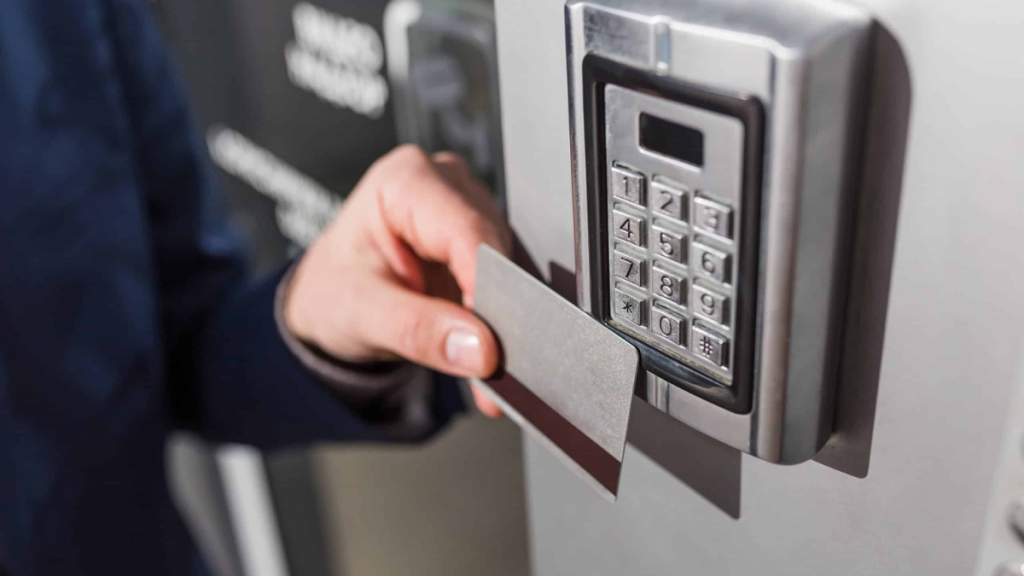When replacing an office tower, residential block, or busy warehouse with access systems, understanding where the elevator, Sectional Garage Door, and Dock Levelers are at their finest, and worst, helps reduce time, expense, and stress. Below is an insider’s guide that helps with making the wisest decision as to your access system.
Elevators for Vertical Transit
At the heart of every multistoried structure is the elevator, which can be best described as a vertical conveyor that delivers goods and people between floors with maximum efficiency. Best for over three stories high buildings, these systems come in various types. Some of these types include hydraulic elevators, which are economically viable for low-to-mid-rise structures and are generally quite slow in speed. Next, traction elevators use cable-and-counterweight technologies that are fast, power-thrift, and scalable for high-rise structures-their special feature being that they typically have regenerative braking. Vacuum/air-pressure lifts are compact, thin technologies for space-restricted applications, and have generally fewer options available given their low, specialised demand.
As a buyer, your primary selection criteria should be focused on a few key things-distance traveled, traveling speed, capacity, power consumption, and whether integration with smart building control is required. This will ensure that all those taking the lift in your premises will experience smooth acceleration profiles, responsive door operation, and controllable interfaces.
Sectional Garage Doors for Optimising Horizontal Passage
Where your project involves safe horizontal access, such as is the case with garages, workshops, service bays, or dual-purpose structures, the Sectional Garage Door supplies the ultimate solution. Its segmented panel configuration travels vertically and then horizontally, along the ceiling for ultimate drive-in clearance and interior headroom, which are critical considerations when you need safe passage in very limited spaces.
The doors typically have insulated panels with superior structural integrity for sound suppression and weather control. They also come equipped with smart features including spring balanced or counterweight operation that gives smooth, dependable action and automation with motion sensors and obstacle sensing and remote or connected smart control. Ideal for use in exposed situations, where fast cycling and energy retention are valuable, sectional doors require regular maintenance inspections on tracks, springs, and weather seals to remain dependable. They are prone to misalignment and require sensor calibration for safe use – which are all important considerations to keep in mind.
Dock Levelers-The Bridge Between Truck and Facility
At the loading dock, smooth operation is all that’s important in logistics and warehouses facilities-which is the primary job of the dock leveler. These ramps between truck bed and dock are specifically designed for differences due to suspended trucks or uneven pavement.
Some of the types of dock levelers include-
- Hydraulic-These are usually push-button powered, offering smooth, consistent operation with minimal physical stress and embedded interlocks that eliminate trailer creep and unsafe conditions.
- Mechanical-These are spring-assisted by hand-lever or by chain operation, which makes them simpler and less costly but with more physical demand.
- Air-powered- These use inflatable bladders for pneumatic lift and achieve swift, balanced lift with minimal human effort. The capacities for these range between 6 and 10 tons.
Standard protection includes anti-slip decking, toe guards, lip locking devices, and pit-volume hydrant protection against sudden failures or operator harm. Interlocks that prevent levelers working unless there are restraints on the vehicles are critical, too, for minimising trailer creep.
Maintenance & Lifecycle Realities
Investment in transit structure systems-whether elevators, sectional garage doors, or dock levelers, requires something more than an upfront expenditure- they require vigorous maintenance.
Take elevators for example. These high-technology vertical transportation devices must undergo certified inspections at regular intervals. Daily operation check-up, regular lubrication of moving parts, and scrupulous inspection of critical components, with such items as cables, brakes, and control panels are essential. Even space-saving Machine Room-Less (MRL) elevators have maintenance challenges. Their space-saving aspect necessitates specialised tools and experience for diagnostic access and for fine-tuning the system, particularly for embedded electronics.
Sectional garage doors are equally important. These systems require periodic checking for correct smooth track alignment, intact rollers, active torsion springs, and correct door edge seal. In the case of automatic types, retuning the safety sensor calibration and verifying obstruction-detecting devices are vital for the prevention of mishaps or structural stress.
Dock Levelers, exposed daily to goods and forklifts’ weights, require vigorous maintenance, including special checks for leakages, hydraulic fluids, and lubrication of hinges and pivot points. Failing to uphold these systems isn’t only inhibition to productivity, it creates genuine safety risks and time-wasting delays. Periodic maintenance keeps everyone going along schedule, and more importantly, keeps people safe.
It is therefore essential not just to do your own research on the particulars of the systems your premises need, but also to understand costing, insurance, maintenance and warranties. Only with the utmost due diligence can you be reassured that these installments are up running and are worth the money.

